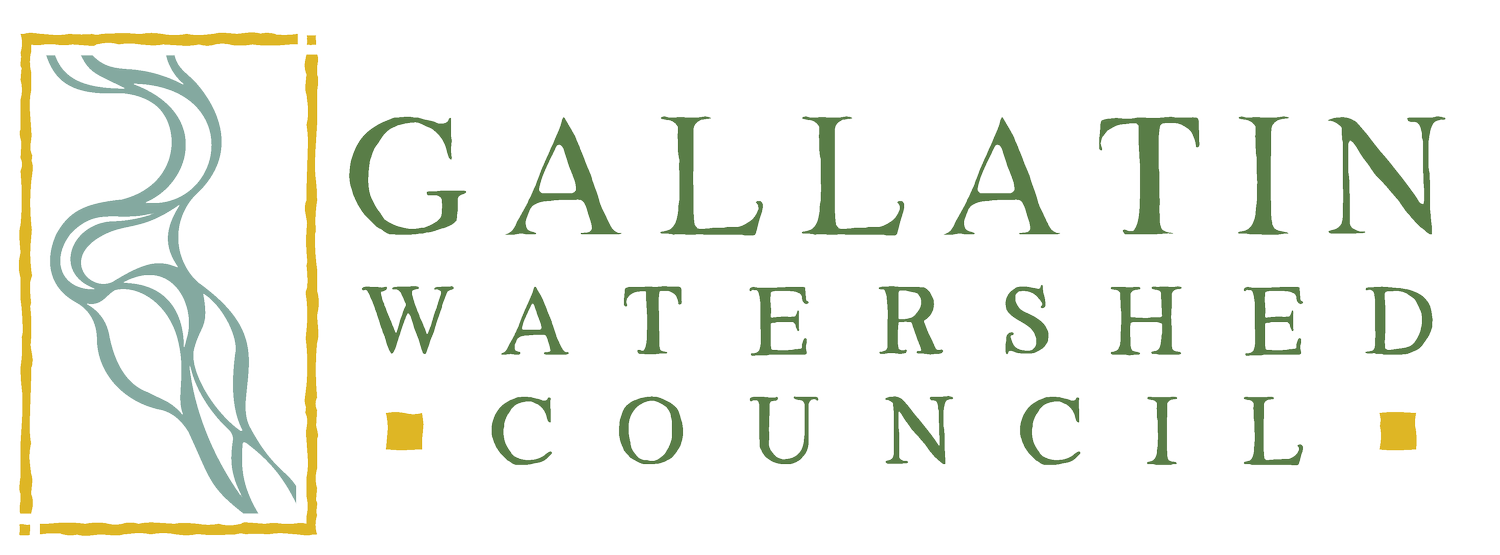
Watershed Planning
Updating the Watershed Restoration Plan
In early 2020, the Montana Department of Environmental Quality (MTDEQ) announced that the Lower Gallatin Watershed had been selected as their next focus watershed. This means that MTDEQ will commit up to $500,000 per year for three years for projects in the Lower Gallatin beginning in 2023.
Additionally, in summer of 2020, GWC was awarded a Bureau of Reclamation WaterSMART Cooperative Watershed Management Program grant to simultaneously update the 2014 Watershed Restoration Plan and plan for the incoming DEQ focus watershed designation.
With this support, GWC is facilitating a series of collaborative watershed planning stakeholder meetings between March 2021-August 2022. The goals of these stakeholder meetings are to:
Identify shared priorities and locations for future stream restoration work,
advance water supply planning and resiliency,
facilitate the update of the Lower Gallatin Watershed Restoration Plan,
strengthen collaborative watershed planning efforts in anticipation of the Montana Department of Environmental Quality’s (MTDEQ) Focus Watershed designation
leverage partnerships and technical/financial resources for strategic and holistic watershed management.
The Gallatin Water Collaborative was formed in 2021 to unify local efforts to protect, restore, and enhance water resources in the Lower Gallatin Watershed. The Collaborative brings together various stakeholders, including conservation organizations, government agencies, scientists, engineers, agricultural producers, recreationists, and developers, to address the challenges of water availability, quality, and resilient landscapes. To gain insights into their projects and initiatives, visit the Gallatin Water Collaborative's website below.
Water Supply: Gallatin Water Tomorrow
The Lower Gallatin Watershed (LGW) possesses a finite supply of water that could potentially be surpassed as the demand for water increases with community growth. The LGW is located in a closed basin with respect to water rights, and existing water supplies are susceptible to the impacts of drought and climate change. In 2013, the City of Bozeman adopted an Integrated Water Resources Plan to guide Bozeman’s water supply and use practices for the next 50 years. The Plan estimates that if current water uses are not reduced, Bozeman’s demand for water will exceed available supply around 2036, or when the City’s population exceeds 62,000 (Gallatin Watershed Sourcebook, 2017).
In 2019, GWC initiated the Gallatin Water Tomorrow Partnership to unify efforts around addressing water quantity and extend water supply planning efforts beyond city limits. As water quantity and quality issues increase in the Lower Gallatin Watershed, GWC continues to bring together stakeholders with a focus on consensus-building to conserve and enhance our community’s water resources.



